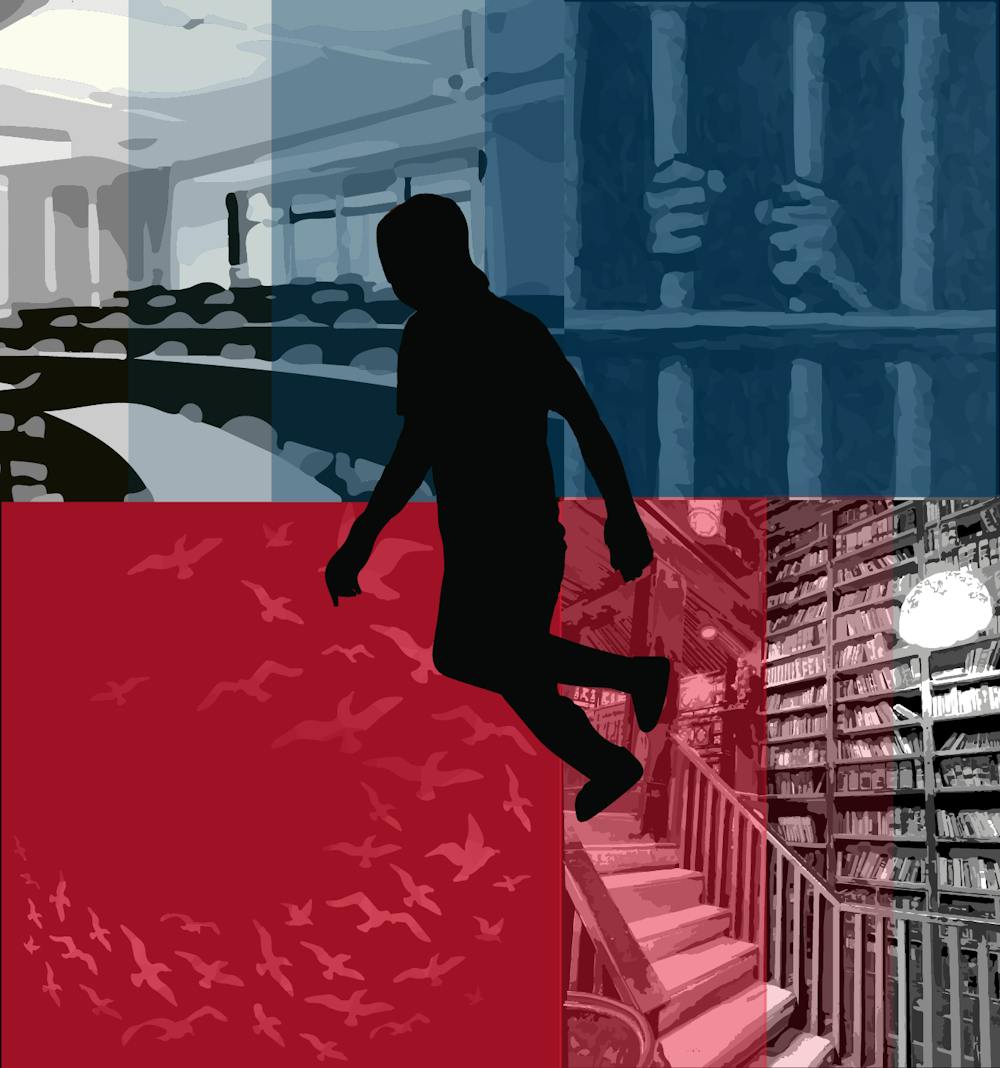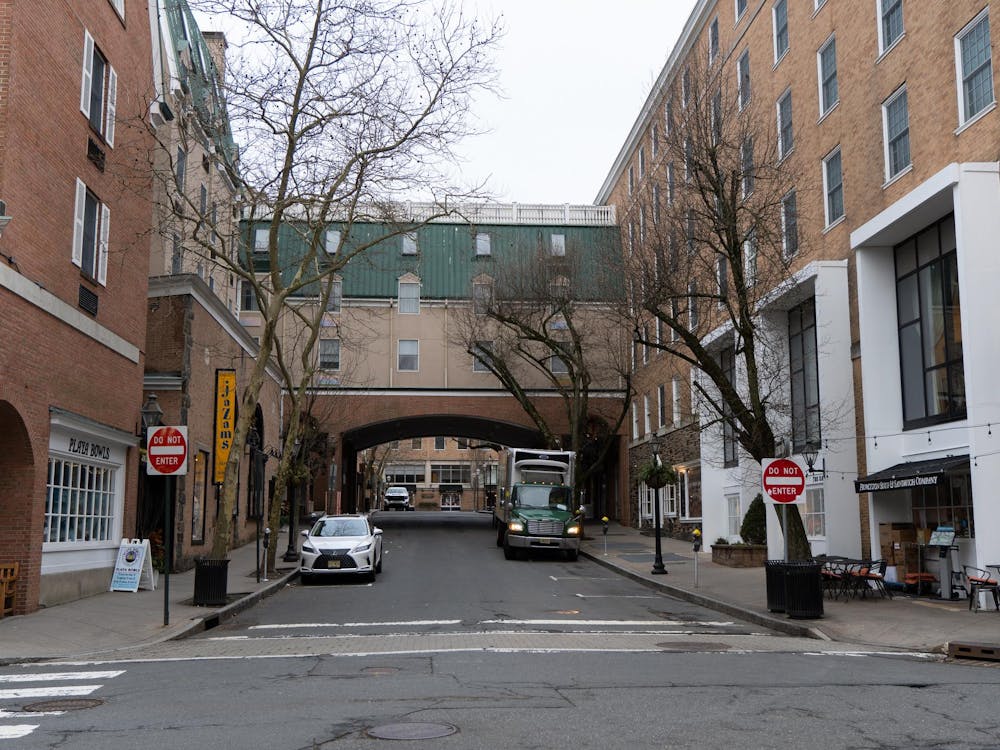Toni Morrison called Ta-Nehisi Coates’ Between the World and Me “required reading,” “revelatory,” and “profound.” She also wrote that the book was “visceral.” While I read Between the World and Me with different life experiences and nowhere near the literary talent of Toni Morrison, I concur with her assessment of the truly profound elements of the text.
As beautiful as his prose is, Coates has a unique talent for poetically and powerfully reminding his reader of the true cost of racism. In a famous quote from the book, he writes:
“But all our phrasing — race relations, racial chasm, racial justice, racial profiling, white privilege, even white supremacy — serves to obscure that racism is a visceral experience, that it dislodges brains, blocks airways, rips muscles, extracts organs, cracks bones, breaks teeth. You must never look away from this.”
Many of us have now spent months discussing the intricate aspects of systemic racism with family, friends, peers, and colleagues — important conversations to have, and some that my own white family and I hope we have grown a lot from. However, it is easy in those conversations to, as Coates says, “obscure” or lose track of the brutal violence at the center of racism — particularly when, as is the case with me, that threat of violence has never shadowed the way you go through the world.
While other books on the Anti-Racist Reading List compiled by Lauren Johnson ’21 and Ashley Hodges ’21 serve as excellent reminders of the importance of clearly defining terms like “white privilege” when having productive discussions about racism, Between the World and Me is not that book. Between the World and Me is the kind of book that is a physical experience to read, that gave me goosebumps from the beauty of a metaphor on one page to a knot in my stomach at the unflinching prose on the next. Between the World and Me is the kind of book that, when read today, not only encourages the reader to say George Floyd’s name, but reminds them to think of the true fear and agony of a knee to the back of the neck for eight minutes and 46 seconds.
But the violence against Black bodies that Coates brings attention to impacts a community, not just one body, and he proves adept at describing both. He focuses specifically on the death of a classmate from Howard University, Prince Jones, in Prince George's County outside of Washington, D.C. Following the thread of this death for the latter two-thirds of the book, he describes the screams of Prince Jones’ ex-girlfriend when she heard the news, as well as the sadness of his fiancée and the daughter he left behind. He also ends the book with an interview of Prince Jones’ mother years after his death. Coates speaks of the “plunder” of Prince Jones and asks the reader, and his own son, to:
“Think of all the embraces, all the private jokes, customs, greetings, names, dreams, all the shared knowledge and capacity of a black family injected into that vessel of flesh and bone. And think of how that vessel was taken, shattered on the concrete, and all its holy contents, all that had gone into him, sent flowing back to the earth.”
Goosebumps and a knot in the stomach.

But while unbearable sadness and trauma are expressed in the book, there is also a place of community that Coates describes with a deep sense of love and worship, calling it “The Mecca.”
“My only Mecca was, is, and shall always be Howard University,” he writes. His father worked at that historically black university (HBCU), and he, his family, and his close friends also attended school there. He writes about it to his son with terms that go beyond those employed by your average proud alumnus, describing it as a formative and revolutionary experience:
“I was admitted to Howard University, but formed and shaped by The Mecca. These institutions are related but not the same. Howard University is an institution of higher education, concerned with the LSAT, magna cum laude and Phi Beta Kappa. The Mecca is a machine, crafted to capture and concentrate the dark energy of all African peoples and inject it directly into the student body… The history, the location, the alumni combined to create The Mecca — the crossroads of the black diaspora.”
Though I have read and reread this book several times, rereading it this past week was the first time I read it from the perspective of a current college student. I was struck by Coates’s descriptions of The Mecca and the role that it played — and continues to play — in his life. As I write this review for my own university’s student newspaper, this concept of a university as a “Mecca” seems one worthy of further consideration.

Princeton University is not an HBCU, and it is important to understand that different educational institutions provide different experiences and have different expectations placed upon them. However, as a university that counted Black students among several populations as ineligible and unwelcome at the University for many years, there is a unique responsibility to understand the difference in how Black students may feel about Howard University — a school that has always been a welcoming space for them — and Princeton. And if students consistently look back at Princeton with varying levels of love and pride depending on their racial background, now is the time to take stock and to involve students in the conversation about the best vision of what Princeton can become for every student.
There is one final point that carries added weight today, as many of us face what will be a fall semester spent learning off-campus. While Coates speaks admiringly of the professors and of the community at Howard who helped him grow and think critically, he also speaks of learning as a fundamentally individual pursuit. It is a constant process of asking questions and continuous reading in search of the answers. “The classroom was a jail of other people’s interests,” he says. “The library was open, unending, free.”
In this compelling description, Between the World and Me serves not only as a central text on the Anti-Racist Reading List but as a reminder of the importance and purpose of the list itself. Part of educating oneself is an independent quest for knowledge driven by one’s own curiosity. The reading list is a tool by which we can start with questions and, through reading, drive closer toward some answers — or simply toward asking better questions.
Between the World and Me is a book that teaches something different every time you read it. The first time I read it, I learned a lot about what Coates calls “the Dream” and discovered some uncomfortable truths about my privileged, white suburban existence. In my most recent read-through, it was the violence at the core of racism, and the description of “The Mecca” that most impacted me.
Every lifelong reader I’ve met has a few books that they return to over and over again in the course of their lives, each time learning something new from the text. Between the World and Me is a good one to choose.
This piece is part of the Anti-Racist Reading Reviews, an ongoing series in which The Prospect features reviews of and reflections on anti-racist texts and works by Black writers. These works are drawn from the Anti-Racist Reading List created by Lauren Johnson ’21 and Ashley Hodges ’21 and the USG Anti-Racism Book Initiative.








